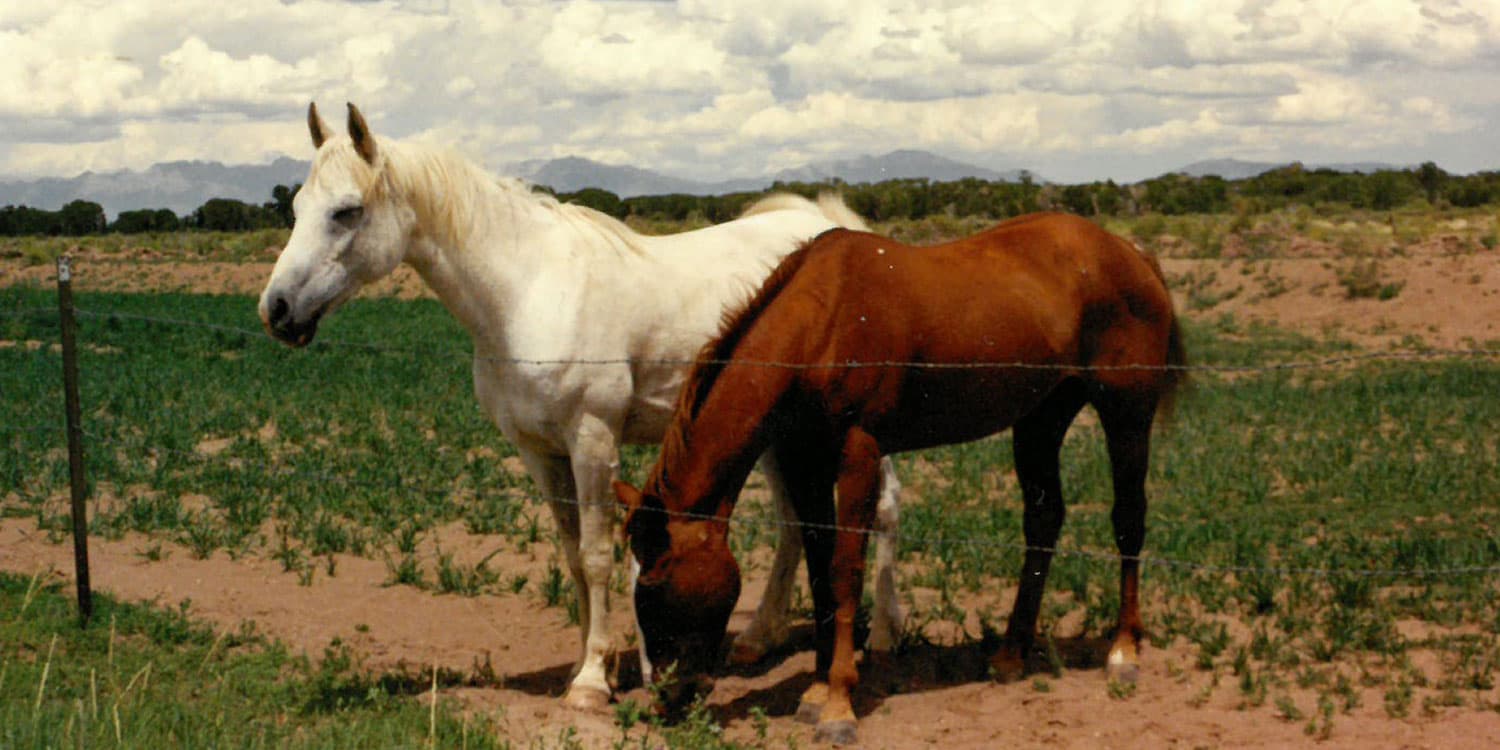Adams State University Assistant Professor of Anthropology and Program Coordinator of the CRM MA Caroline Gabe, Ph.D., helped research and author the study, “Early dispersal of domestic horses into the Great Plains and northern Rockies,” published in Science, vol. 279, issue 6639, March 2023.
Native Americans’ relationship with horses has been portrayed in nearly all forms of media, from sculpture to motion pictures and their equestrian skills are recognized as superior. Throughout their oral and pictorial history, many tribes have claimed the introduction of horses long before the accepted Western scientific timeline.
In an exhaustive study, that included international researchers combing through accredited museum records, testing DNA on bone samples, and melding Western scientific knowledge with Native American oral history and science, the findings indicate the tribal communities knew what they were talking about all along.
 Dr. Gabe explained her connection to the study that began at the University of New Mexico (UNM). She and fellow doctoral student William Taylor, Ph.D., the study’s corresponding author and curator of archaeology at the University of Colorado Boulder (CU) Museum of Natural History, and their advisor, Emily Jones, Ph.D., UNM associate professor in the Public Archaeology Graduate Program, were brainstorming an idea to begin looking at horse bones in the Navajo Nation collections.
Dr. Gabe explained her connection to the study that began at the University of New Mexico (UNM). She and fellow doctoral student William Taylor, Ph.D., the study’s corresponding author and curator of archaeology at the University of Colorado Boulder (CU) Museum of Natural History, and their advisor, Emily Jones, Ph.D., UNM associate professor in the Public Archaeology Graduate Program, were brainstorming an idea to begin looking at horse bones in the Navajo Nation collections.
Over five years ago, this idea sparked and ignited into a huge project that “none of us expected at the time,” Dr. Gabe said. “I was pulled into the project because of my background in museums. I focused on locating horse remains in collections that date to early historic periods.”
According to Dr. Gabe, the Western scientific community historically believed Native American communities in the Great Plains and northern Rockies didn’t have access to horses until the Pueblo revolt of 1680. She helped build evidence that the timeline was nearly a century off. “We were testing the earliest dates horses became entwined with the Indigenous people of these regions.”
Using radiocarbon dating, isotopic analysis, DNA sequencing, zooarchaeology, and other means, the 90-person international research team concluded Native Americans were bonding with their horses as early as the first half of the 17th century.
Dr. Gabe said horses actually originated in North America, but then became extinct, after many of their kind had crossed the Bering Land Bridge where they continued to evolve and spread throughout Eurasia.
“The historical narrative put horses in the Great Plains and northern Rockies as Europeans began exploring the region,” Dr. Gabe said. “This new evidence, painstakingly accumulated by Dr. Taylor and the team of international researchers over the last five years, pushes adoption before 1680. The study has concrete evidence the horses made their way north long before the Europeans set foot on those regions.”
Visit Science: “Early dispersal of domestic horses into the Great Plains and northern Rockies.”



